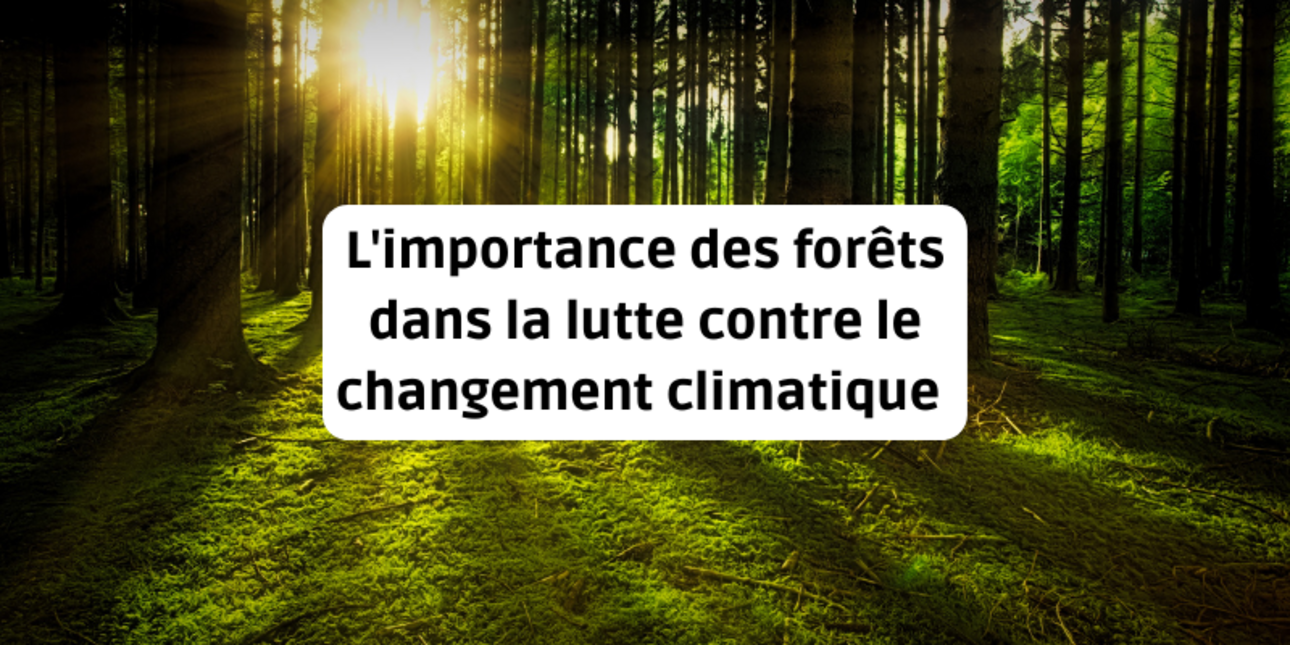
The oceans cover more than 70% of the planet's surface.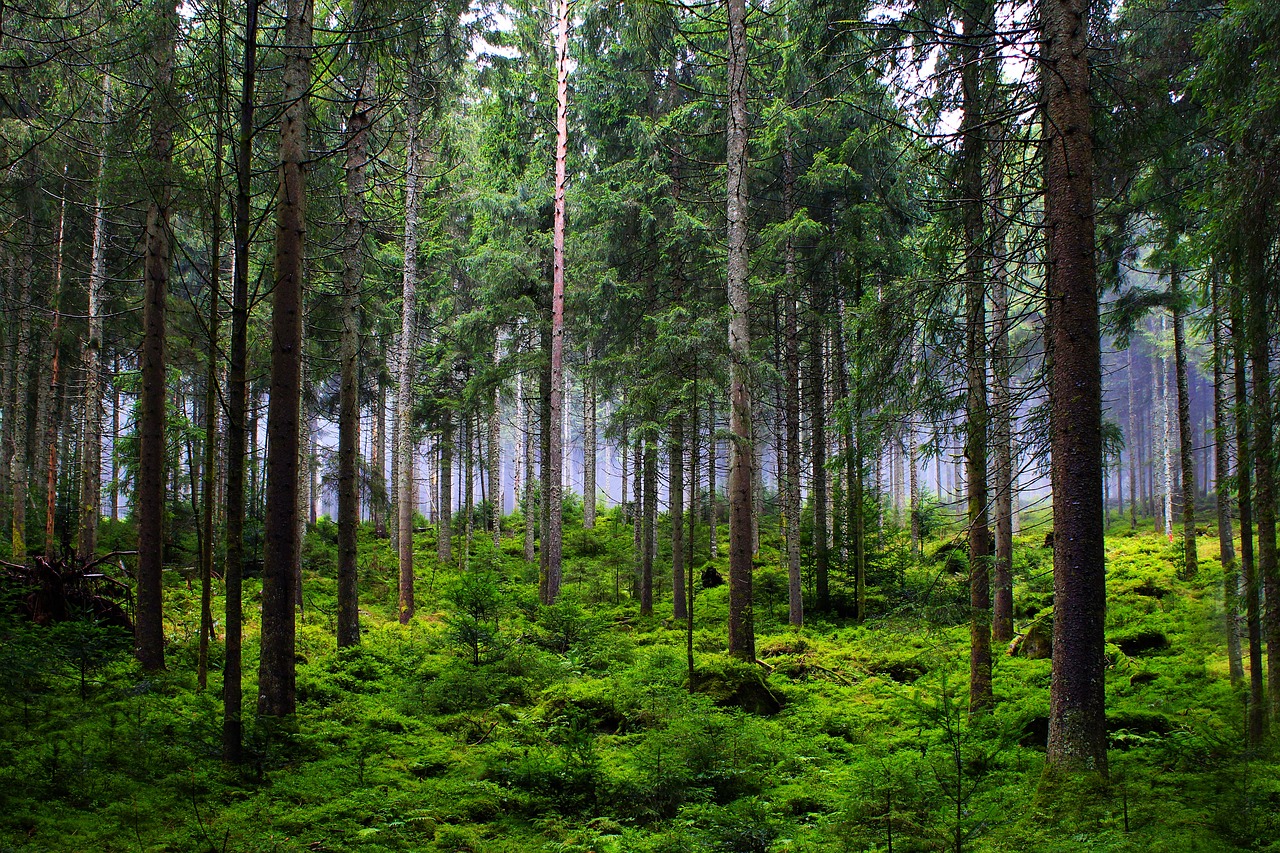
Forests cover 31% of the world's landmass, i.e. around 4 billion hectares and around 9% of the earth's surface.
1/3 of this area is primary forest (with no trace of human activity). Conversely, 7% is made up of forest planted by man.
Most of the forest is located in tropical (45%) and boreal (27%) zones. More than half is located in 6 countries: Russia, Brazil, Canada, the United States, China and the Democratic Republic of Congo.
As a reminder, the French forest covers 17 million hectares in mainland France and more than 8 million hectares in the overseas departments and regions (including 8 million in French Guiana alone). It is estimated that the surface area of French forests is increasing by around 85,000 hectares a year.
Furthermore, 6.4% of the world's surface is covered by arable land, i.e. 3.3 billion hectares. Of this 'agricultural' area, only 1.5 million hectares are actually cultivated, but this is constantly decreasing due to population growth or degradation. It is estimated that 60% of arable land is suffering slight or severe damage (erosion, overgrazing, damage to soil structure, salinisation, acidification, pollution, artificialization). This problem of agriculture is not without links to the forest, as we shall see below.
The following information is taken from the latest IPCC report, published in 2023. The extent of climate change is no longer in dispute.
The global temperature has risen by more than 1 degree Celsius since the pre-industrial era. We can all see the consequences of this warming: melting glaciers and sea ice, rising sea levels, etc. It is also causing an increase in the frequency of extreme weather events: storms, hurricanes, heatwaves, droughts, floods, etc., with the human and economic tragedies that go with them.
This is the consequence of the sharp increase in greenhouse gas emissions (mainly carbon dioxide and methane) into the atmosphere, 80% of which come from the coal, oil and gas consumed by human activity.
Forests are at the heart of the issues at stake in the fight against climate change, because they can be both one of the causes of climate disruption and one of the solutions.
Net deforestation (= deforestation - planting), which was 6.8 million hectares per year between 2000 and 2010, fell by 3.1 million hectares between 2010 and 2018. It mainly concerns South America and Africa in tropical zones.
This deforestation is mainly due (50%) to the expansion of cultivated land (including 7% for palm oil alone) and cattle grazing (38%).
Deforestation leads to the release of CO2 into the atmosphere and plays a significant role in global warming.
Thanks to their characteristics, forests have a major role to play in mitigating the impact of global warming.
Trees are made up of 20% carbon (C), which they store during photosynthesis by absorbing carbon dioxide (CO2) from the air and releasing oxygen (O). This is the carbon "sequestration" or "trapping" mechanism.
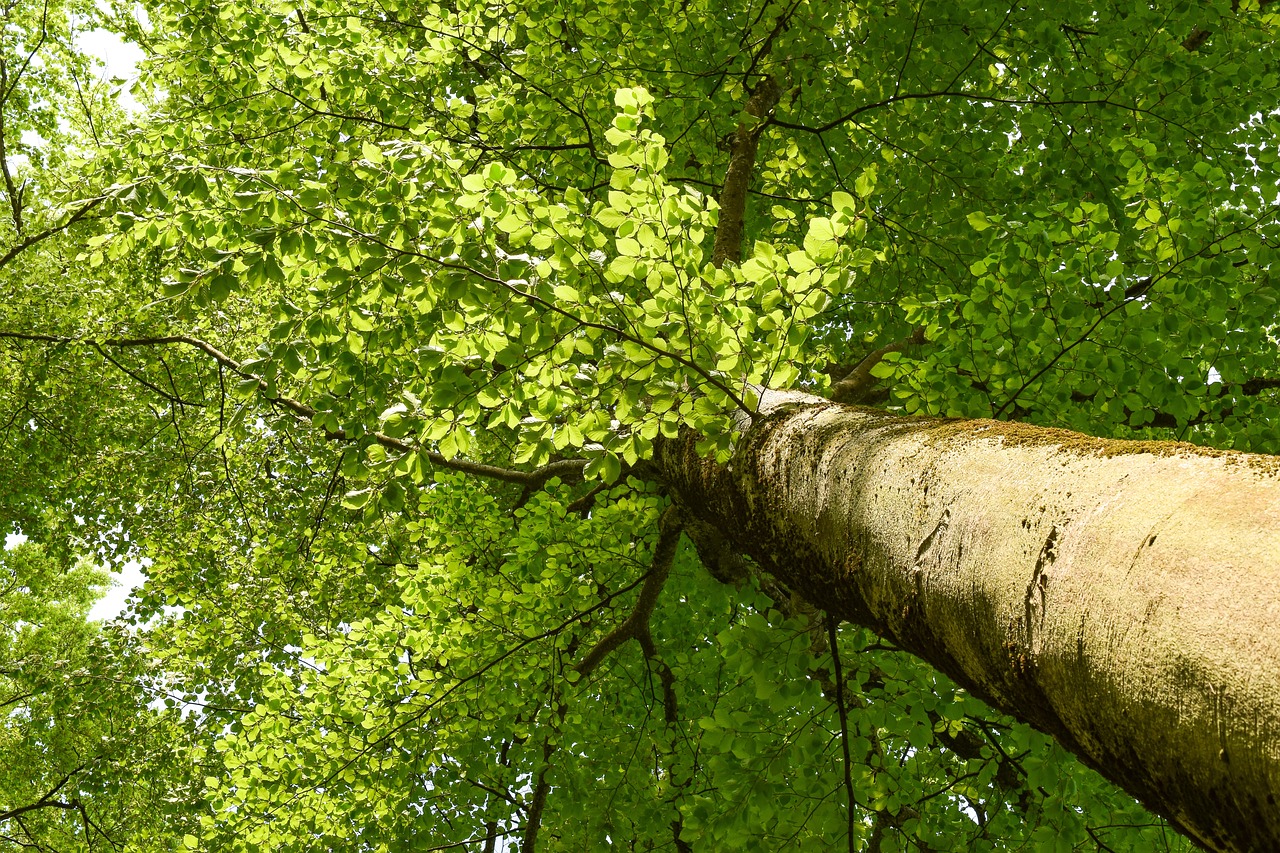
The carbon that is absorbed is then stored both in the trunk and the branches and also in the soil as the branches and leaves fall and decompose. This phenomenon is known as the "carbon sink". More than 1,000 billion tonnes of carbon are stored in the soil, more than twice the amount in the air.
The ONF estimates that French forests store 63 million tonnes of CO2 every year, or 20% of the volume of greenhouse gas emissions.
The presence of forests maintains the water cycle and protects many regions of the world from desertification.
Very simply, rainwater runs off the land into the oceans. Evaporation from the oceans generates clouds, which in turn generate rain on and near the oceans.
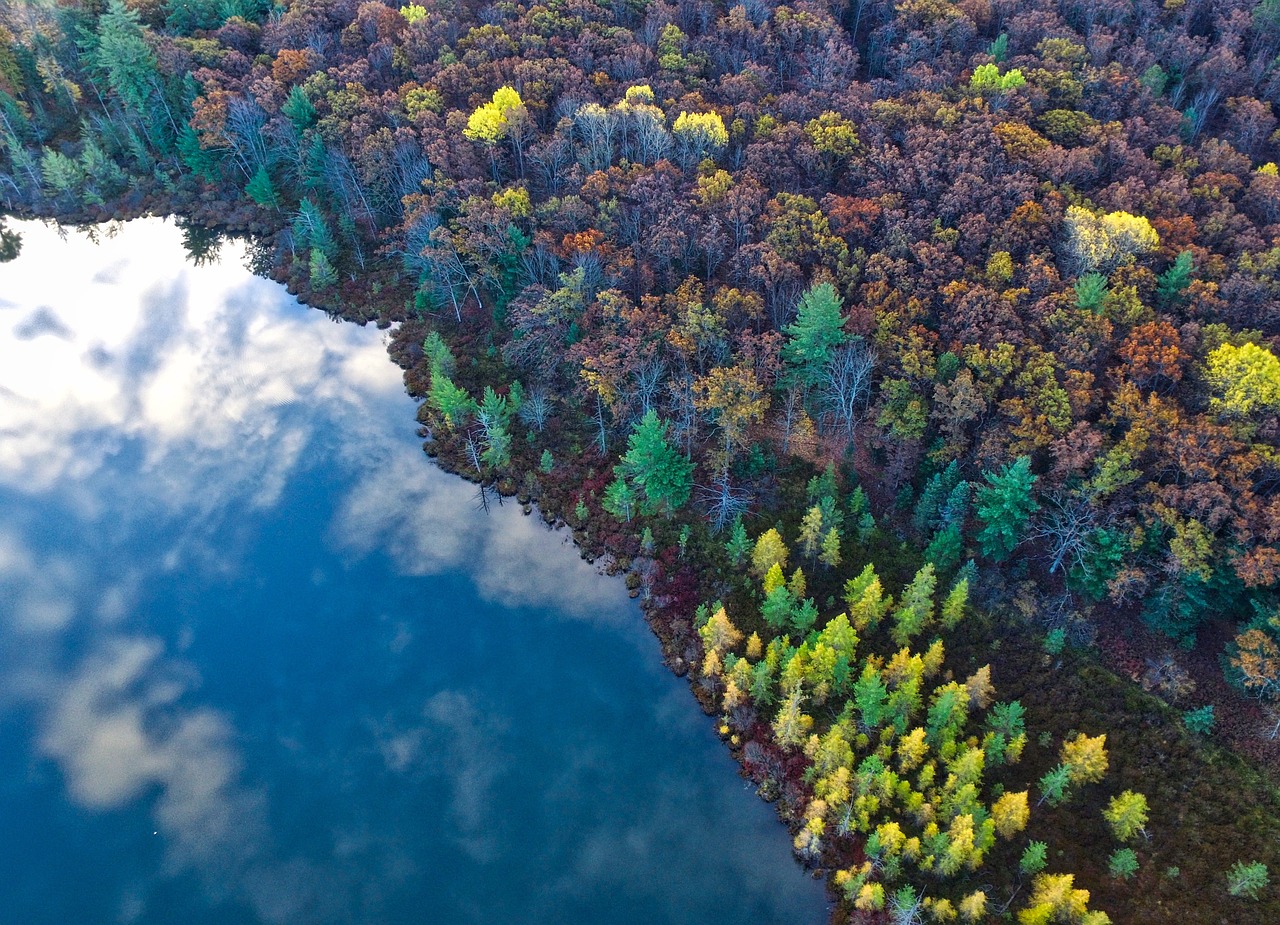 Forests store water in the soil.
Forests store water in the soil.
Evapotranspiration from forests also generates clouds. These clouds, in turn, bring rain to the areas surrounding the forests. These are areas that are sometimes too far from the oceans and that would otherwise have little rainfall and would therefore be arid or desert without the presence of forests.
In addition, the soil of the forests stores water and filters it down to the water table. The presence of ponds, streams and rivers should therefore be preserved.
Finally, the presence of trees, again through the phenomenon of evapotranspiration, also significantly reduces air temperature.
Forests are a source of food and products, and even medicines, that are beneficial to health.
The development of agroforestry proves that forests can help regenerate polluted agricultural soils and contribute to feeding the population as part of the agro-ecological transition.
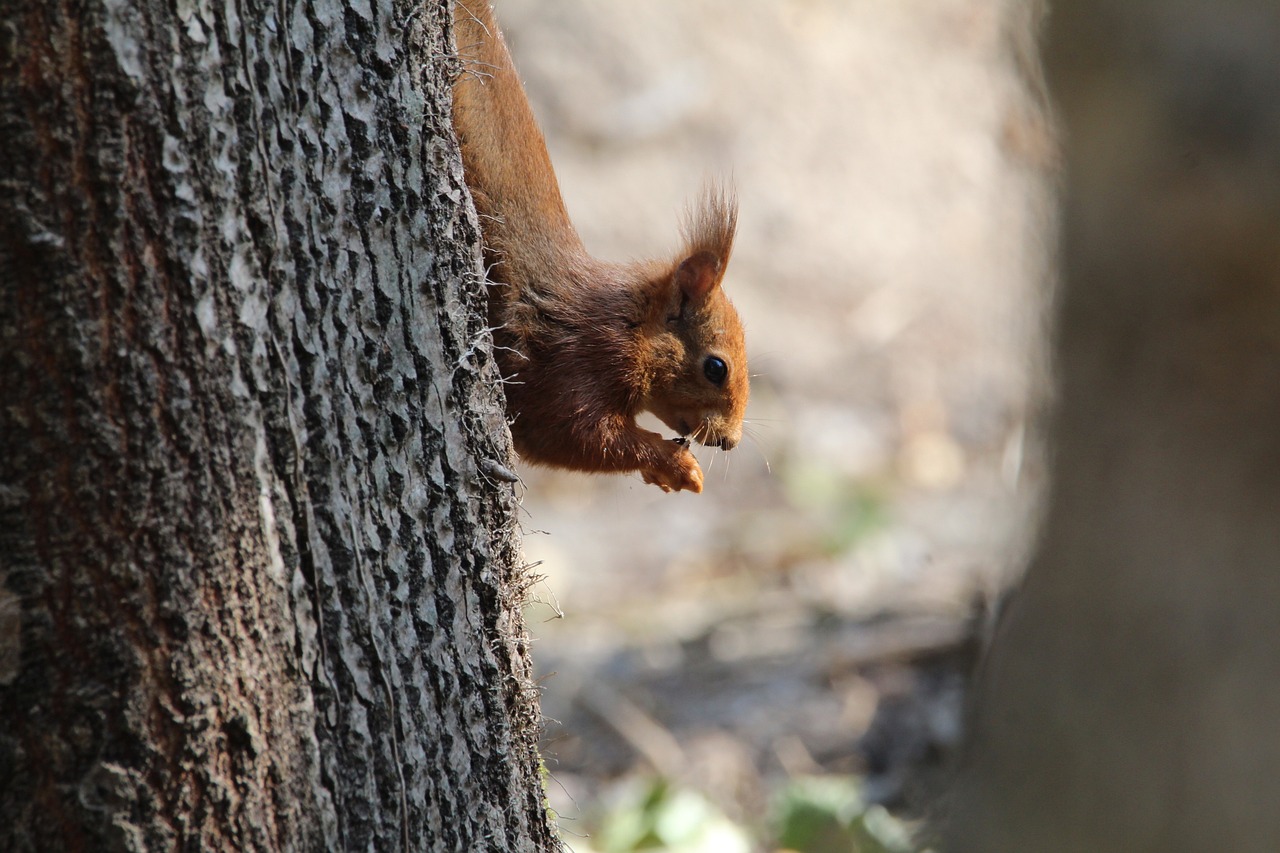
Woods and forests, particularly tropical and primary forests, are home to the greatest animal and plant biodiversity in the world. Most of this wealth is still unknown to us and must be preserved for future generations.
Wood is an environmentally-friendly building material that, unlike concrete, emits very little CO2. That's why so many property development projects are now using this material to meet their targets for reducing emissions in the property sector.
It should also be noted that wood is a light and resistant material, particularly in the face of fire (relatively low rate of spread). It is durable over time and provides good natural thermal insulation.
What's more, it can be used for framework, walls and furniture.
However, it is essential that the wood comes from sustainably managed forests (PEFC and FSC certification in particular).
When wood is burnt, it releases as much carbon as it has stored. It therefore emits CO2, but is still considered a green energy.
In fact, if it comes from a sustainably managed forest, felling is offset by the growth of new trees that capture CO2 from the air. This is largely the case in France, where the surface area of the French forest continues to grow.
However, it is necessary to use heating systems that are efficient both in terms of calories and in terms of filtering fine particles.
For forests to make their full contribution to combating climate change, they need to be able to respond to the risks that threaten them.
The destruction of forests (fires, deforestation, etc.) contributes to the release of carbon into the atmosphere, thereby contributing to global warming. For example, the fires in Canada in 2023, which affected 12 million hectares, would have released around 1,100 megatonnes of CO2 (or 1.1 billion tonnes) by 31 July, more than the country's total annual emissions in 2019 and 2020.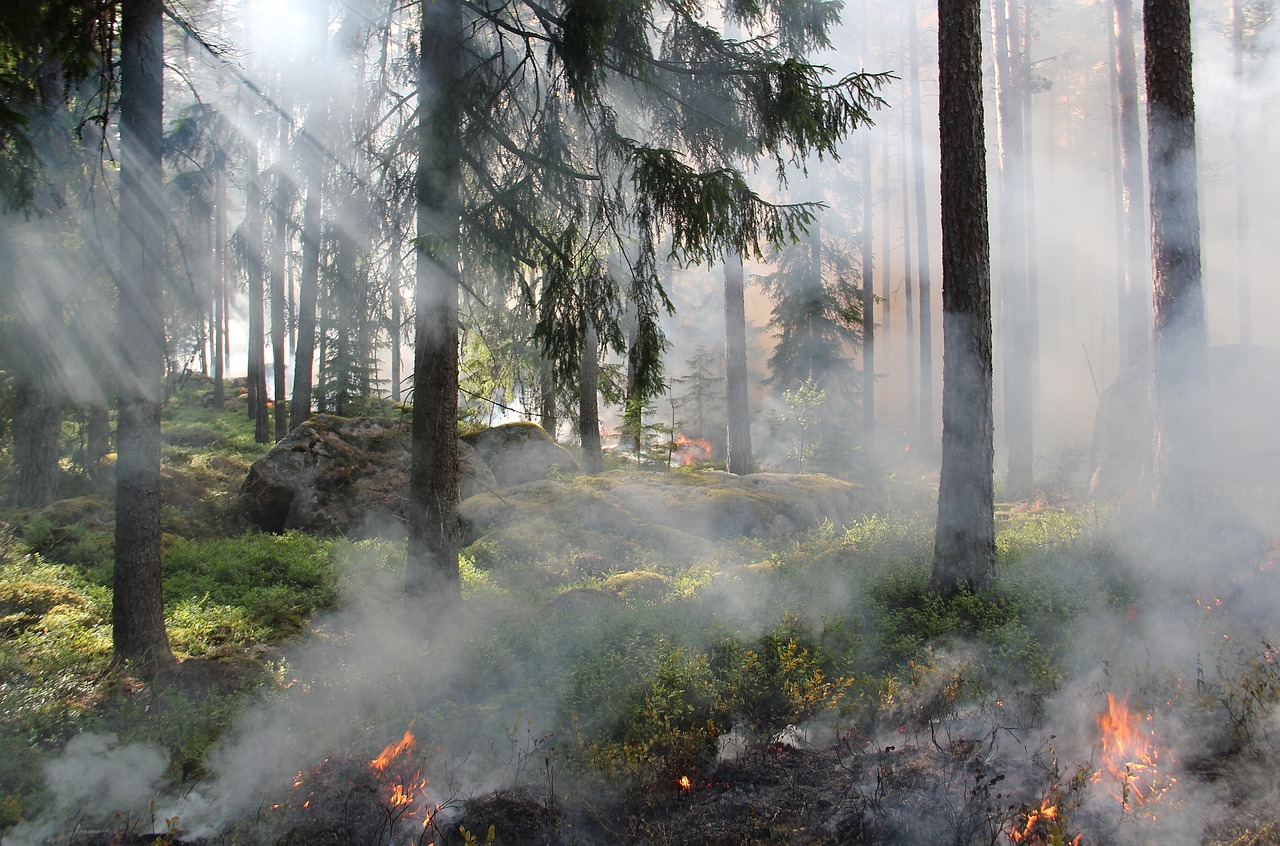
In Europe in 2022, 780,000 hectares of forest went up in smoke, emitting 9 million tonnes of CO2.
Deforestation in the Amazon and Indonesia has also prevented these 2 regions from playing their role as carbon sinks in recent years.
It is therefore necessary to halt this deforestation and accelerate reforestation where possible (without taking away the agricultural land needed for food production). And to protect forests as much as possible from the fires that are decimating them.
Tree mortality is rising sharply: +80% in France between 2005/2013 and 2013/2021. This is partly due to fires, but also to slower growth or dieback resulting from drought.
Global warming and periods of drought have also led to a sharp increase in damage caused by insect pests and diseases. Chestnut, ash and spruce trees are the main victims of a proliferation of aggressive insects and new fungi.
This mortality greatly slows down the French forest's carbon sink mechanism.
Finally, according to the ONF, the excessive presence of deer, roe deer and wild boar also affects the growth of young trees and therefore carbon storage. It is therefore recommending that hunting be expanded in certain areas in order to limit the consequences of this overpopulation.
To reduce climate change, the 1st strategy to be implemented is the reduction of greenhouse gases, i.e. a mitigation strategy.
This means reducing deforestation and forest degradation. This will improve the carbon sink.
In addition, some of the effects of global warming are now definitively underway (melting of ice floes and glaciers, etc.). Faced with this situation, we need to take action to limit the vulnerability of the forest and the people who depend on it. This means adapting forest management by planting new species, taking fire prevention measures, etc.
If you are a forest owner or aspire to become one, you must take climate change into account.
For example, the ONF recommends the concept of the "mosaic forest", based on a wide variety of tree species and management methods within the same forest. Where possible, natural regeneration should be favoured over planting.
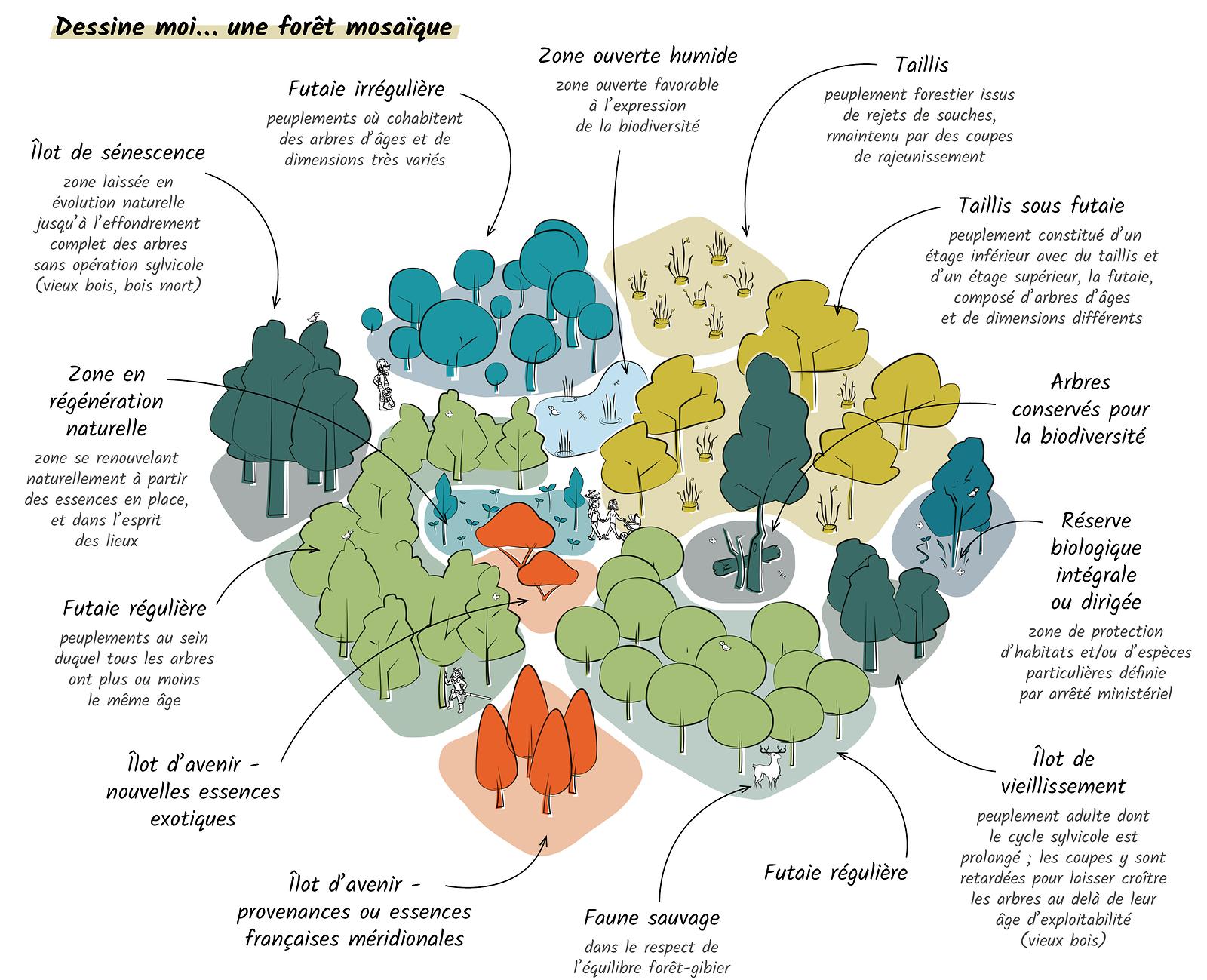
Wood production can no longer be the sole objective of forest management.
Now, more than ever, we need to pay close attention to the growth of our trees and the appearance of any diseases.
Preventive measures also need to be put in place to prevent fires: maintenance of forest paths, installation of firebreaks, clearing of undergrowth around houses and roads, etc.
Climate change is now inevitable. Only its extent remains to be determined, and will depend on the measures taken by governments and individuals alike.
Forests represent an opportunity to limit global warming. However, without appropriate management, they can actually exacerbate global warming by releasing carbon into the atmosphere.
We therefore need to limit the destruction of forests (through deforestation, forest fires or disease) as much as possible, and instead give them the means to play their role as carbon sinks and biodiversity reserves.
Each forest owner has the means, at his or her own level, to influence his or her territory by adapting his or her management to this new situation and by implementing fire prevention measures. They must therefore adapt their forest management methods and draw on the expertise of forestry experts and forest owners' associations.